50+ Sample Gap Analysis
-
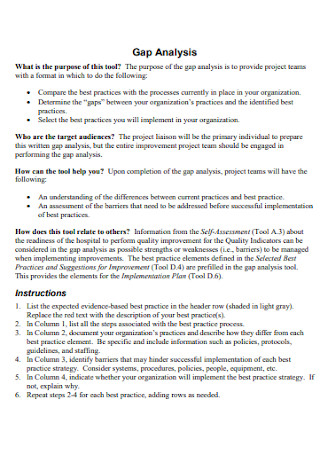
Sample Gap Analysis Template
download now -
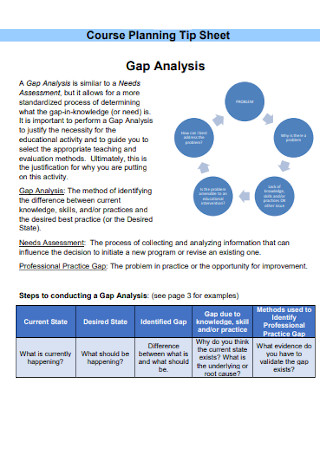
Gap Course Planning Analysis
download now -
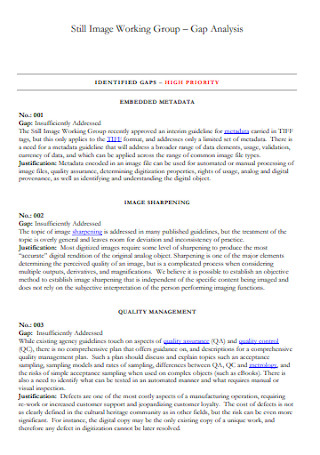
Gap Working Analysis Template
download now -
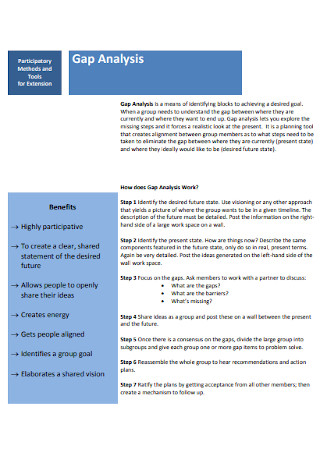
Simple Gap Analysis
download now -
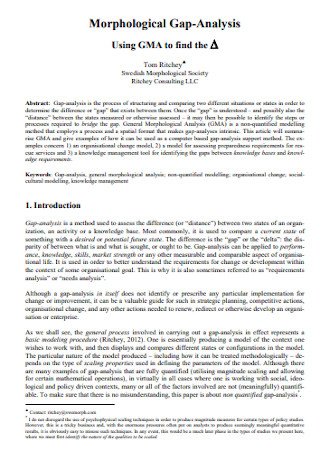
Morphological Gap-Analysis
download now -
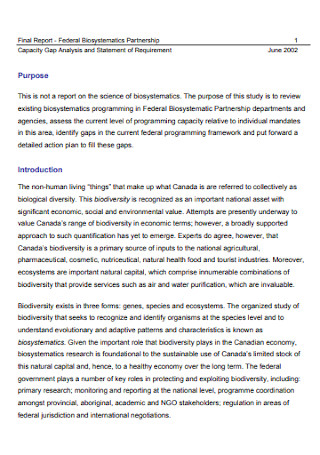
Capacity Gap Analysis
download now -
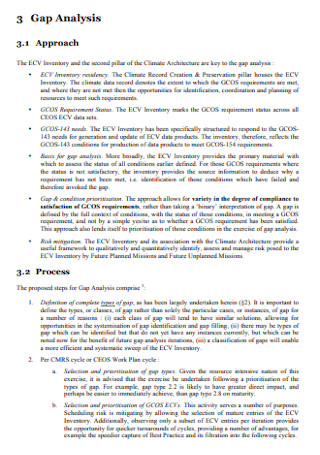
Inventory Gap Analysis
download now -
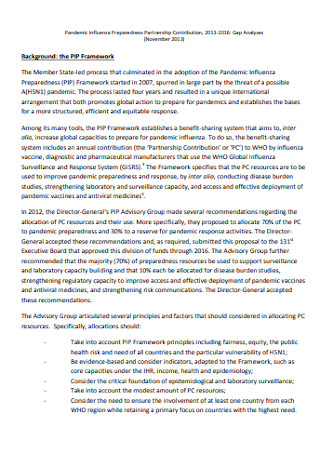
Sample Gap Analyses Template
download now -
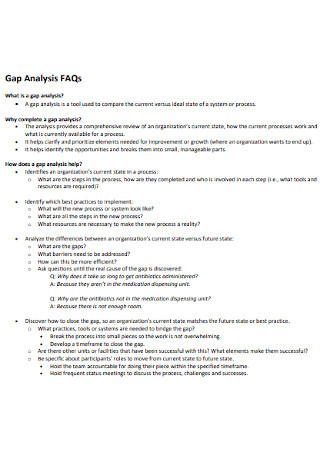
Basic Gap Analysis
download now -
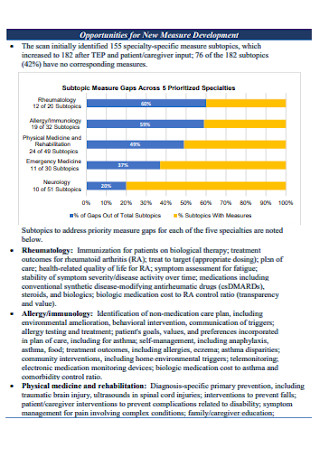
Gap Analysis Report Template
download now -
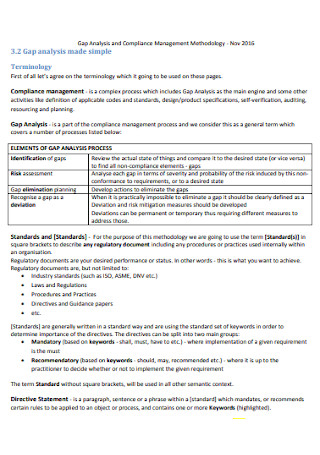
Sample Methodology for Gap Analysis
download now -

Gap Analysis of Health Service Template
download now -
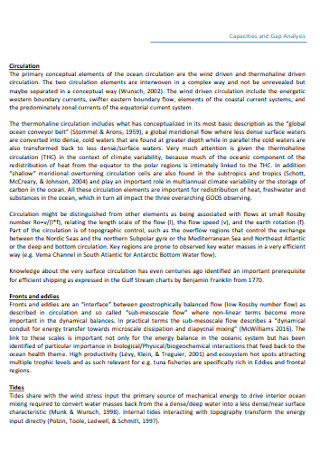
Sample Capacities and Gap Analysis
download now -
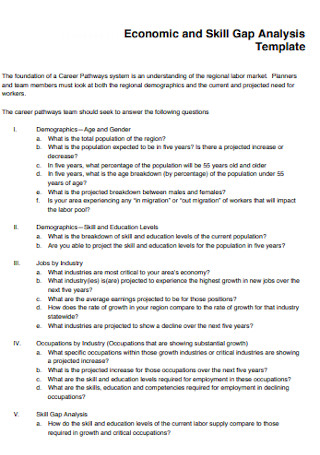
Economic and Skill Gap Analysis Template
download now -
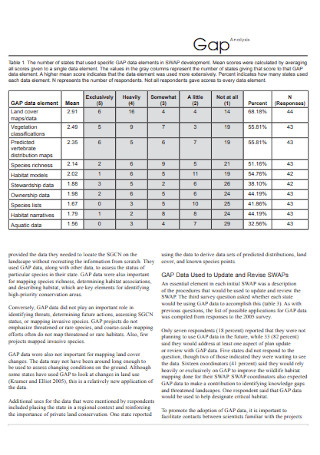
Basic Gap Analysis Template
download now -
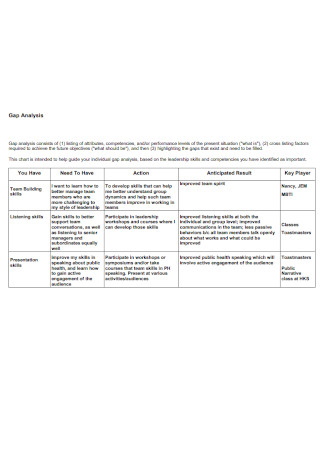
Formal Gap Analysis Template
download now -

Terminology Gap Analysis Template
download now -
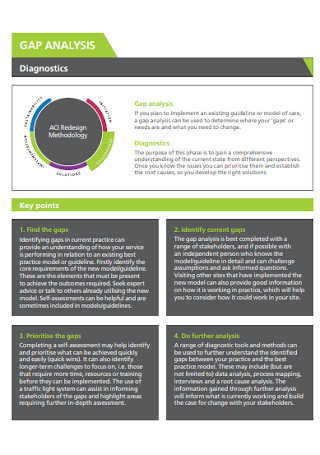
Formal Gap Analysis Template
download now -
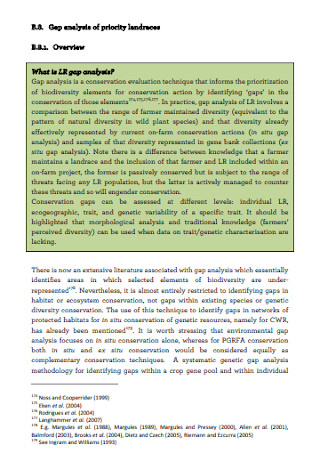
Gap Analysis of Priority Landraces Template
download now -
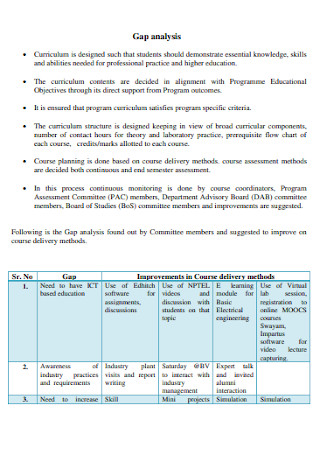
Engineering Gap Analysis Template
download now -
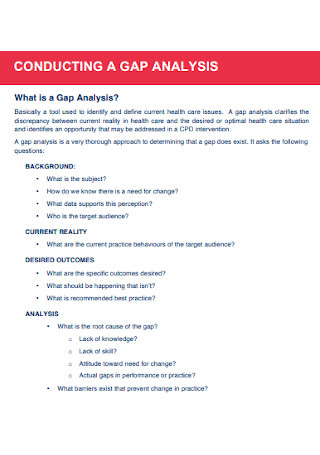
University Conducting Gap Analysis Template
download now -
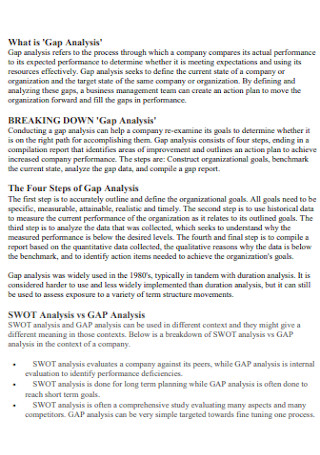
Gap Analysis Format
download now -
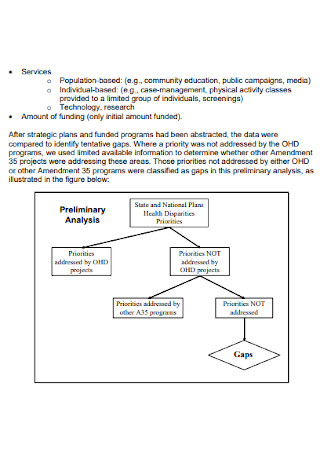
Preliminary Gap Analysis
download now -
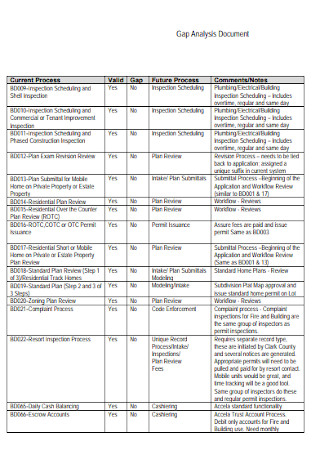
Gap Analysis Document Template
download now -
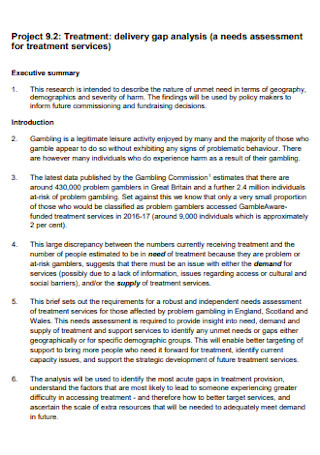
Project Gap Analysis Template
download now -
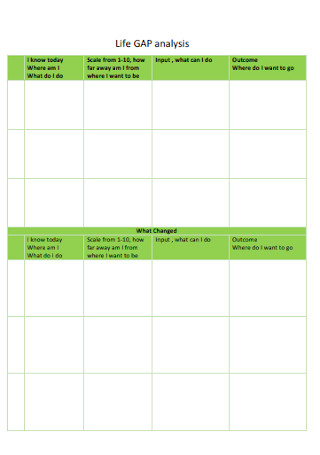
Life Gap Analysis Template
download now -
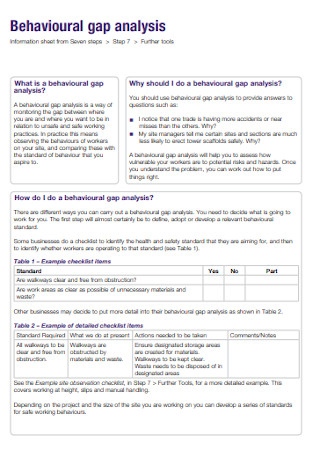
Behavioural Gap Analysis Template
download now -
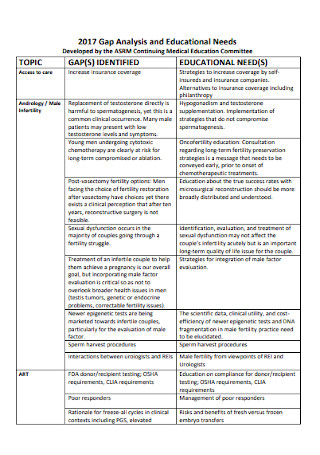
Gap Analysis and Educational Needs Template
download now -
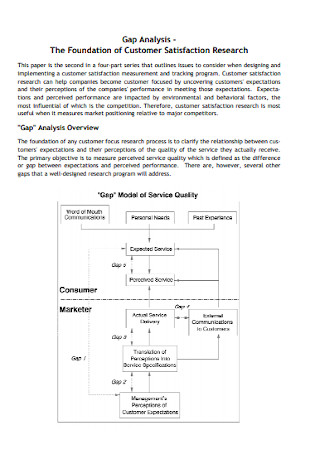
Foundation of Customer Research Gap Analysis
download now -
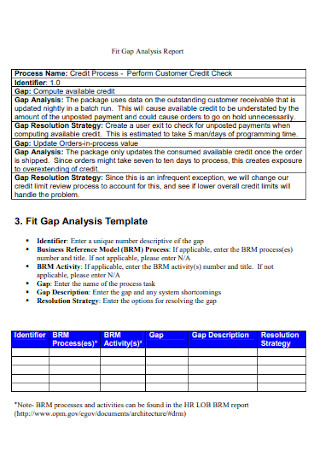
Fit Gap Analysis Report
download now -
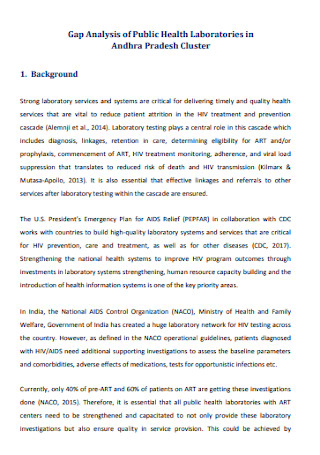
Gap Analysis of Public Health Laboratories Template
download now -
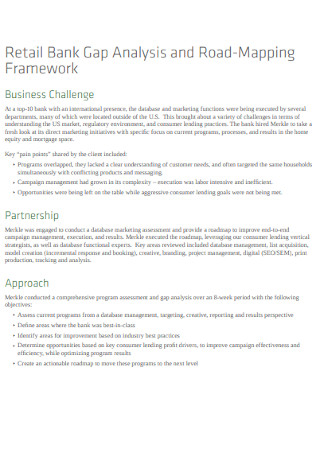
Retail Bank Gap Analysis
download now -
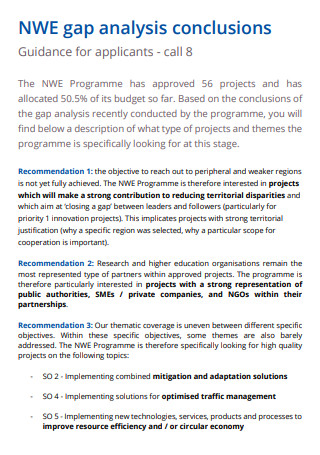
Gap Analysis Conclusions Template
download now -
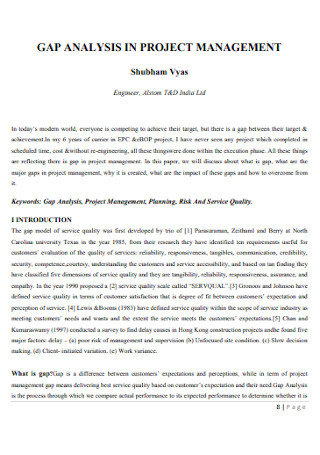
Gap Analysis in Project Management Template
download now -
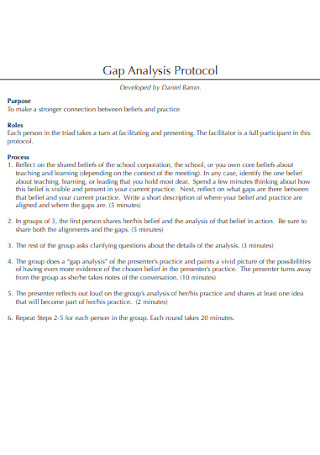
Gap Analysis Protocol Template
download now -
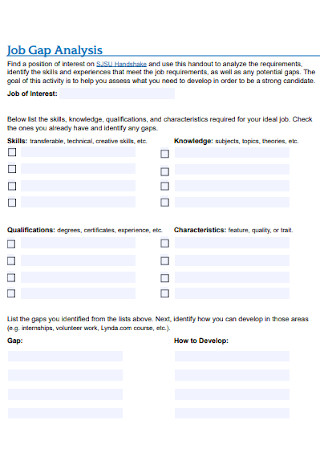
Job Gap Analysis
download now -
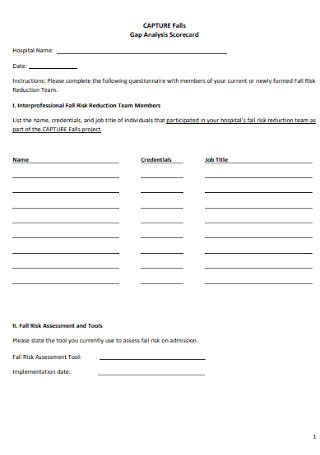
Gap Analysis Scorecard Template
download now -
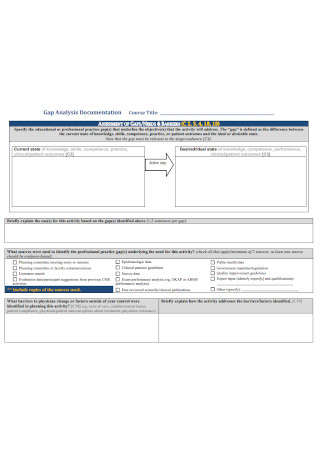
Gap Analysis Documentation Template
download now -

Performance and Funding Gap Analysis
download now -
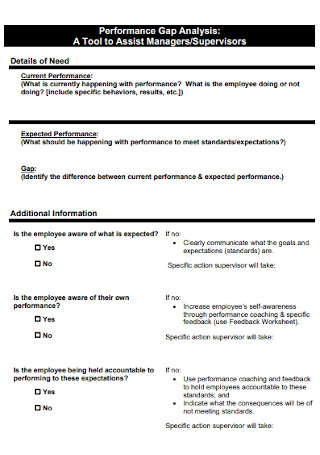
Performance Gap Analysis
download now -
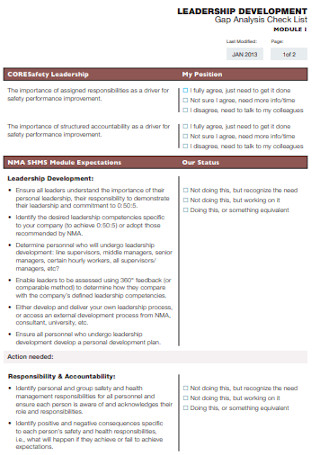
Sample Gap Analysis Checklist Template
download now -
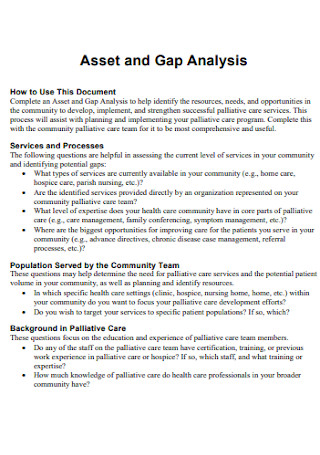
Asset and Gap Analysis Template
download now -
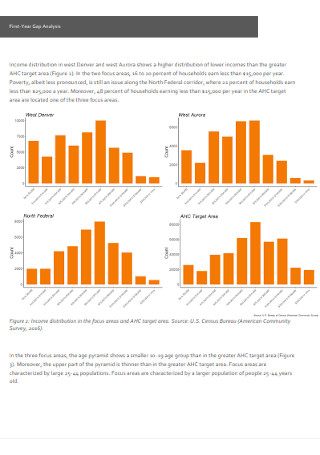
First-Year Gap Analysis Template
download now -
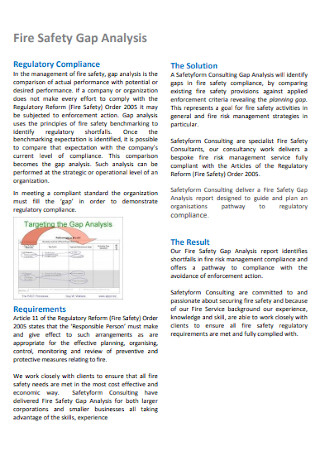
Fire Safety Gap Analysis
download now -

Gap Analysis and Action Plan
download now -
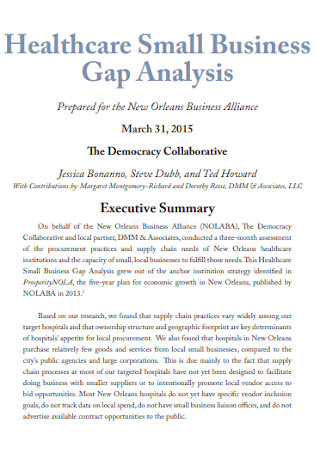
Healthcare Small Business Gap Analysis Template
download now -
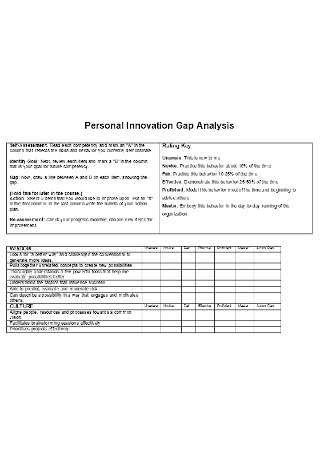
Personal Innovation Gap Analysis
download now -
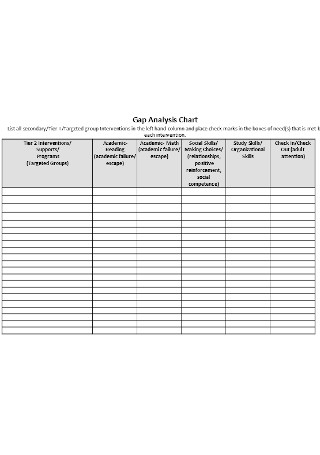
Gap Analysis Chart Template
download now -
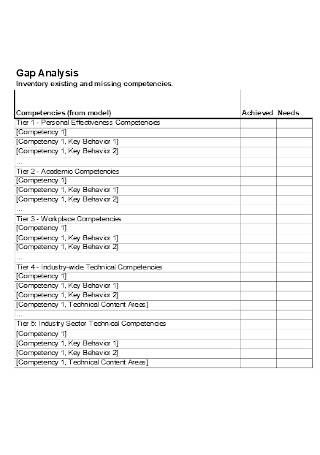
Printable Gap Analysis Template
download now -
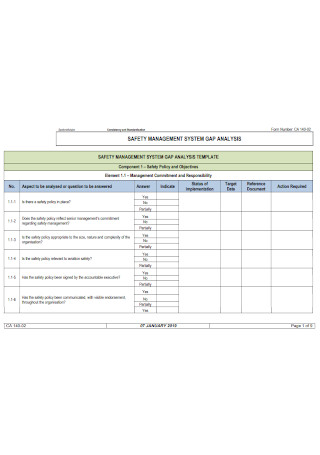
Safety Management System Gap Analysis Template
download now -
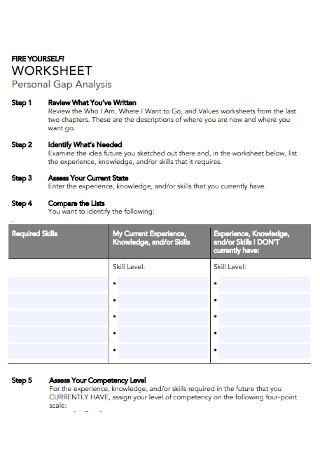
Personal Gap Analysis Worksheet
download now
FREE Gap Analysis s to Download
50+ Sample Gap Analysis
Gap Analysis: What Is It?
Why Is Gap Analysis Important?
What Are the Essential Gap Analysis Tools?
The Three Main Questions to Muse on Gap Analysis
How to Perform Gap Analysis Efficiently
FAQs
What are the three distinct components of the gap analysis?
What are the kinds of gap analysis?
What is gap analysis in terms of product management?
What is a skill gap?
Gap Analysis: What Is It?
Gap analysis refers to the systemic process of analyzing and evaluating if your business goals and requirements are actually met. This type of analysis aims to accomplish business objectives in the best way possible, especially if you are running a business that greatly needs improvement. Also referred to as a needs assessment or needs analysis, you can’t take the steps of a gap analysis lightly for the sake of excellent business performance.
Why Is Gap Analysis Important?
Gap analysis is not just there to make your business more complicated. In fact, it aims to help you understand how the business runs in the most successful way possible, especially the steps that fit your organizational needs. To broaden your understanding of gap analysis, here are some of its important contributions:
Business Awareness
It is through gap analysis that you can observe a full analytic assessment of what is going on with your business, especially factors that were often overlooked. Take this opportunity to review the hidden aspects of your company that needs to be fixed until your enterprise becomes more lucrative. By being aware of what is advantageous or disadvantageous about your company, it gets easier to create the appropriate solutions soon.
Factual Analysis
What is striking about gap analysis is that it is based on actual fact sheets and data records. You are not going to analyze factors from mere assumptions alone. Everything is carefully studied in detail from identifying the goals, recognizing your company’s shortcomings, and even down to taking action of improving business services.
Unique Set of Objectives
Another cool factor about gap analysis is that it proves how there is no one correct way to achieve a successful business; it all depends on the business needs and objectives as every organization is unique. Just like a business plan, you can’t expect the same results for all companies after a gap analysis. And it helps to determine what that unique factor is that would put your company in good light.
Past, Present, and Future of Your Business
Don’t forget that gap analysis tackles the past, present, and future of your beloved enterprise. Similar to a business impact analysis, you get to recognize what the effects of your business were from the past. Then, those previous findings will be compared to the current standing of your business until you figure out the best schemes to cultivate the organization in the future.
What Are the Essential Gap Analysis Tools?
Gap analysis is not just a one-method application; it is a hybrid of all sorts of performance and analysis tools. And if you are wondering what the best tools to use for gap analysis are, here are some effective ideas and examples:
The Three Main Questions to Muse on Gap Analysis
To effectively conduct gap analysis, there are three important questions needed to be answered. And these are:
Where Are We Right Now?
Conduct a full evaluation of what your company has done in the past as well as the most current situation. Do you see an improvement or things aren’t looking that good? The key is to be objective even though results aren’t desirable or what you expected because the actual results are crucial for gap analysis, particularly in planning for improvements.
Where Do We Want to Go?
Now that you have the full picture of your organization’s current standing, how do you envision your business next? A tip is to review your company expectations and objectives because they should go in line with your vision statement. Keep in mind that what you envision will be compared to the current situation of the business.
How Should We Close the Gap?
The most important factor is to answer how to close the gap. There should be a deliberate action plan in making sure the goals you envisioned would actually be met in the future of your company. Remember that the answer should be workable and not just a list of your dreams for the business that would least likely happen.
How to Perform Gap Analysis Efficiently
You already learned the definition, importance, recommended analysis tools, and essential questions to ask regarding gap analysis. So it’s time to apply what you learned to the next level by knowing how to conduct gap analysis itself. And all you need to accomplish that are these five steps:
Step 1: Determine the Latest State of Your Organization
Although the process seems arduous, rest assured, doing a whole strategic plan of your business is critical to gap analysis. Learn where your company is currently at before even creating new business goals. For example, you might have dreamed of becoming the most advanced enterprise against your competitors but maybe your company still uses conventional equipment or doesn’t have any budget for technological advancement. Hence, recognizing the latest state is needed to be realistic in envisioning.
Step 2: Leverage a Sample Gap Analysis Template
Before you proceed to recognize the future state of your company, be sure to use a sample gap analysis template first. As seen above in this article, there are 50+ sample templates you can edit, reformat, design, print, and publish. Don’t forget to view each template and search for the best ones you want to utilize in conducting and reporting gap analysis. Then, you only customize the content instead of making something out of scratch.
Step 3: Envision the Company State in the Future
In running a business, you can’t only focus on the past and present conditions because you need to visualize how your organization runs in the future. Picture out a realistic vision of what you want to accomplish for the business. Perhaps your manufacturing business already follows the safety management plan and regulations but your dream is to do more than just follow, such as offering more high-standard and quality services. Then, take note of your plan until gaps are filled later on.
Step 4: Determine the Gap and Propose Solutions
The real deal of gap analysis is in finding the gap. So from the current state of your company, what hindered your envisioned state from happening? Besides comparing what’s good or bad in each state, propose possible solutions that could improve in the future. Maybe your company needs to reevaluate the teams or consider customer feedback evaluations if the gap is linked to the business team or clients themselves.
Step 5: Use a Gap Analysis Tool and Take Action
Gap analysis deals with more than just analyzing and proposing solutions; it is about executing the development plan as well. And from the many examples of gap analysis tools discussed earlier, choose which analysis tool you want to present your gap analysis with, may it include SWOT, fishbone, etc. Then, share the presentation with your team and encourage everyone to take action. Do the plan and monitor the progress if things run exactly as intended or not.
FAQs
What are the three distinct components of the gap analysis?
These are the company’s latest state, the desired state or objective, and the after action plan to close the gap between the two states.
What are the kinds of gap analysis?
The many variations of gap analysis include market gap analysis, product gap analysis, HR/recruitment gap analysis, skills gap analysis, needs gap analysis, performance gap analysis, and health gap analysis; basically, the type of gap analysis you use depends on the subject to analyze.
What is gap analysis in terms of product management?
In product management, gap analysis reviews if the current product made is actually the desired outcome; an example is when you recognize the issue of why a certain product may not be a favorite among consumers.
What is a skill gap?
A skill gap is important in skill gap analysis as it refers to the specific mismatch of skills between an employee’s actual skill and what the employer expects the employee to be skilled with.
Gap analysis draws the line in differentiating the targeted goals between the real current condition of your business, and it is through this type of data analysis that you can draft visual presentations on how to grow the company. So be sure to optimize a free editable gap analysis template that works for your business. Download now!
